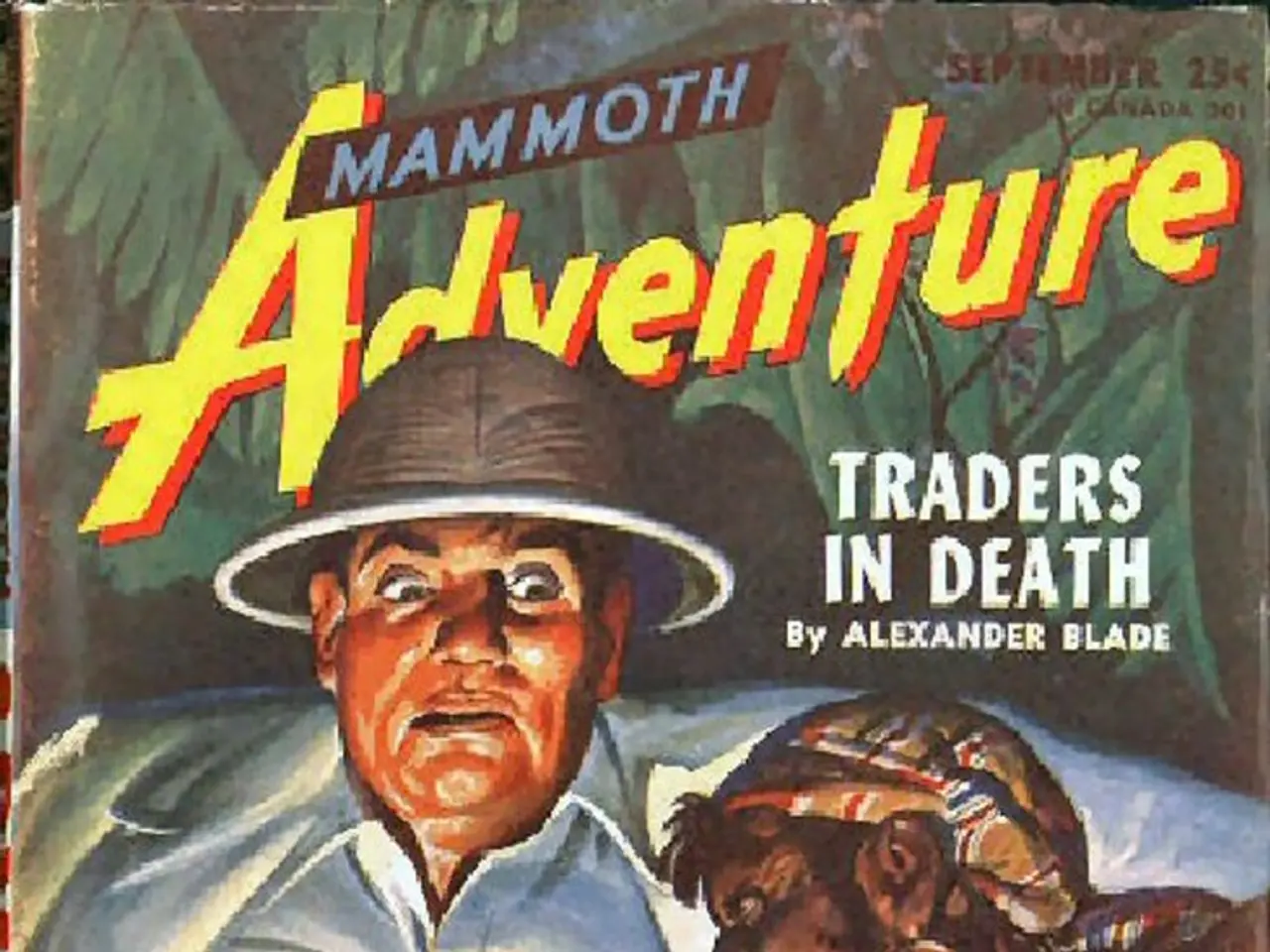Audience Profiling - Understanding Yourself and Your Audience
In the world of publishing, reaching the broadest audience possible is key to financial success, as demonstrated by the phenomenal success of books like 'Fifty Shades of Grey'. One author who understands this principle is Doug Lewars, a writer approaching retirement age who has published eight books on Smashwords.com.
Lewars' writing spans broad genres, reflecting his understanding of the diverse tastes of potential readers. To further tap into this diversity, he suggests using a spreadsheet to analyse potential readership. The spreadsheet, with genres in rows and demographics in columns, allows him to place 'X's where there might be interest.
This strategic approach is not limited to Lewars' own work. When marketing a book, it's crucial to consider categories such as age, gender, culture, marital status, children/childfree, urban/suburban/rural, political ideology, religion, first language, education level, psychological profile, and income level. Understanding the target audience is important for even the most rudimentary marketing effort.
For instance, advertising a novel targeted at young people on LinkedIn, a professional networking site primarily used by adults, would not draw much response. Similarly, describing a book meant for senior citizens on Tumblr, a platform popular among younger generations, would be a waste of time. Instead, Lewars advises choosing platforms where the demographic is most active.
In addition to demographic segmentation, Lewars emphasizes the importance of psychographic profiling. By understanding what drives the target audience—their interests and values—he believes it's possible to create more personalized marketing strategies. Offering exclusive content or promotions that align with the values and interests of the target demographic can help increase engagement.
Furthermore, platforms like Google Ads, Meta, and LinkedIn offer demographic targeting options based on age, gender, income, and education. Using these options, combined with affinity audiences—users based on long-term interests—can help with brand awareness and niche marketing.
Lastly, it's essential to evaluate which demographic segments deliver the highest return on investment (ROI) for marketing efforts. By focusing resources on segments likely to generate significant conversions or engagement, costs can be kept low while maximising reach.
In conclusion, by integrating demographic segmentation, content tailoring, psychographic profiling, paid media targeting, reader personas, and ROI analysis, authors can effectively target specific demographics in book marketing, increasing the likelihood of reaching and engaging with their intended audience.
The creative process of Doug Lewars, an author nearing retirement with eight books on Smashwords.com, involves using a spreadsheet to analyze potential readership, considering factors such as genres, demographics, and psychographics to place 'X's where there might be interest.
When marketing a book, it's crucial to understand the target audience, considering categories like age, gender, culture, marital status, children/childfree, urban/suburban/rural, political ideology, religion, first language, education level, psychological profile, and income level, for even the most basic marketing efforts.




